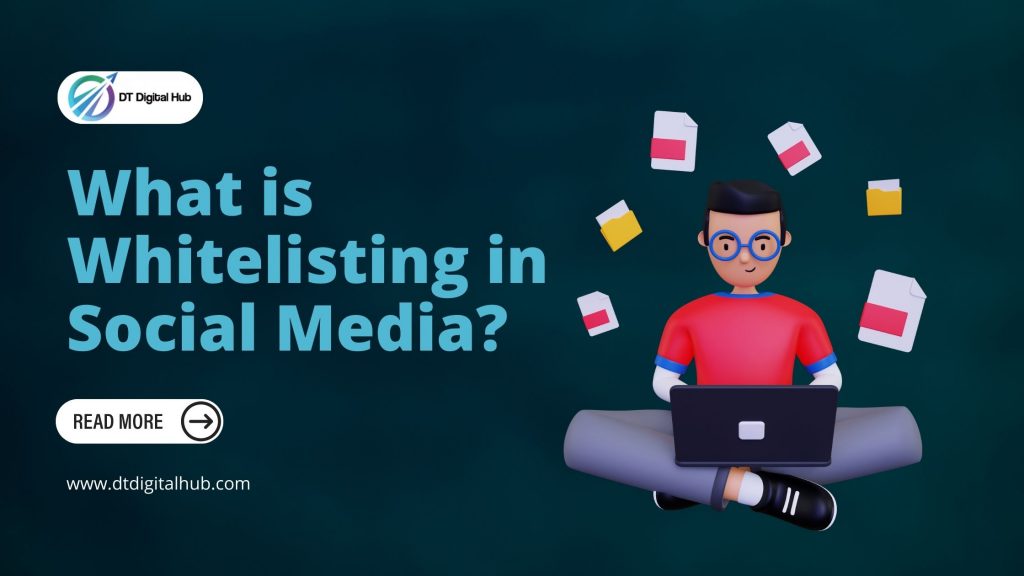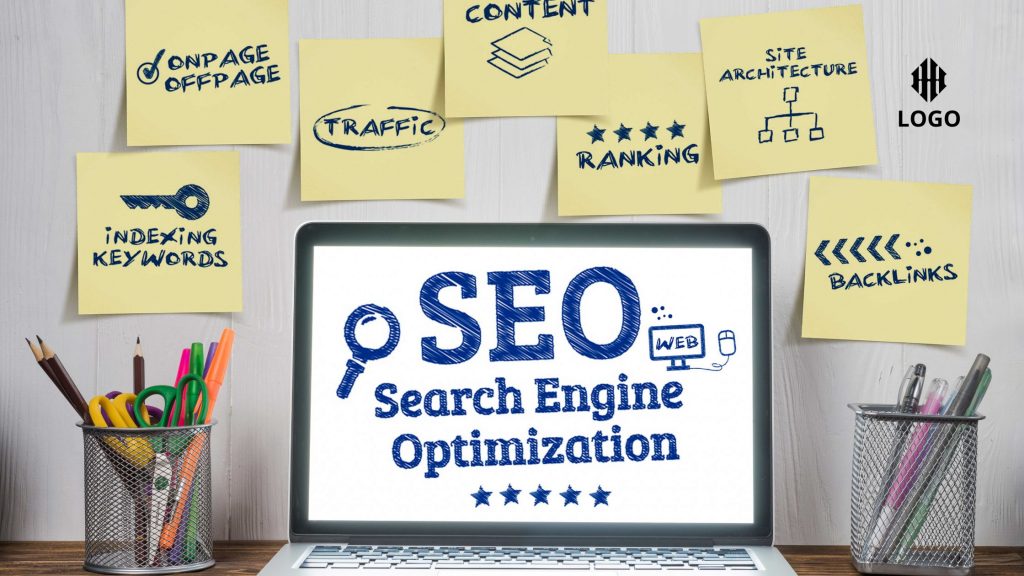Introduction
Social media platforms have become a core part of our lives, connecting us with friends, family, and the world. With millions of users and content being shared every second, ensuring a safe and trustworthy environment is crucial. One method that plays a significant role in maintaining this safe space is “whitelisting.” In this guide, we will explore what whitelisting means in the context of social media, its importance, and how Social Media can benefit both users and platform owners. So, let’s dive into the world of whitelisting and its impact on social media!
What is Whitelisting in Social Media?
Whitelisting in social media refers to a trust-based approach used by platform administrators to control access to certain features or content. Unlike blacklisting, where specific users or content are denied access, whitelisting allows only approved entities to access certain privileges or areas of the platform. Essentially, it’s comparable to maintaining a VIP guest list, allowing access only to trusted and verified accounts.
Understanding the Mechanism of Whitelisting
To better grasp the concept, let’s compare whitelisting with traditional methods like blacklisting. In blacklisting, specific users or content are banned or restricted based on predefined criteria, which can sometimes be limiting or ineffective. On the other hand, whitelisting allows platform administrators to create a curated list of approved users or content, ensuring a more personalized and secure user experience.
The Importance of Whitelisting in Social Media
Whitelisting plays a crucial role in enhancing trust, safety, and user experience on social media platforms. Here are some of the critical reasons why whitelisting is becoming increasingly important:

1. Mitigating the Risk of Harmful Content
With the rapid growth of social media, moderating content has become a monumental task. By implementing whitelisting, platforms can ensure that only pre-approved and safe content reaches users, thereby reducing the risk of harmful or inappropriate material being shared.
2. Preventing Account Takeovers and Cyberattacks
Cybersecurity threats are on the rise, and social media accounts are often targeted by hackers. Whitelisting adds an extra layer of protection by allowing access only from verified accounts, making it harder for malicious actors to take over legitimate users’ accounts.
3. Building a Trusted Community
Whitelisting fosters a sense of community and trust among users. When people know that only reputable accounts are granted special privileges, they are more likely to engage in meaningful interactions and feel safer while using the platform.
4. Tailoring User Experience
By segmenting users based on their trust level, social media platforms can personalize the user experience. Whitelisting allows the platform to offer exclusive features or content to specific groups, making users feel valued and engaged.
5. Advertiser and Brand Safety
For brands and advertisers, ensuring their content appears alongside reputable accounts is essential. Whitelisting provides an assurance that their ads are displayed in a secure environment, protecting their reputation and brand image.
6. Combating Fake Accounts and Spam
Whitelisting helps in reducing the prevalence of fake accounts and spam on social media platforms. By limiting access to only verified accounts, the proliferation of fake profiles can be curtailed.
Also Read: Which Social Media Platform Pays the Most?
Implementing Whitelisting on Social Media Platforms
Now that we grasp the significance of whitelisting, let’s explore how it can be effectively implemented on social media platforms:
1. Account Verification Processes
One of the fundamental steps in whitelisting is establishing a robust account verification process. This process may involve identity verification, email confirmation, phone number validation, or other methods to ensure the authenticity of user accounts.
2. Moderation and Content Review
Platforms need to implement a stringent content moderation system. Human moderators and AI algorithms can work together to review user-generated content before it is approved for sharing. This ensures compliance with community guidelines and helps maintain a safe environment.
3. Trust-Based Access Levels
Creating different access levels based on trust can enhance user engagement and safety. By categorizing users into different tiers, platforms can offer varying degrees of privileges, incentivizing positive behavior and interactions.
4. Feedback and Reporting Mechanisms
Users must have the ability to report inappropriate content or suspicious activities. Feedback and reporting mechanisms empower the community to actively participate in maintaining the platform’s safety.
5. Collaboration with Trusted Partners
Collaborating with trusted partners, such as law enforcement agencies and cybersecurity experts, can strengthen the platform’s security measures and response to emerging threats.
6. Periodic Whitelist Reviews
To adapt to changing circumstances, platforms should regularly review their whitelist and update it as necessary. Accounts that no longer meet the required criteria can be removed, while new, trustworthy accounts can be added.
Risks and Challenges of Whitelisting in Social Media
While whitelisting offers numerous benefits, it also comes with certain risks and challenges that platforms need to address:
1. Limited User Freedom
One of the main concerns with whitelisting is that it can limit user freedom. Users may feel restricted if their accounts do not meet the criteria for certain privileges, potentially leading to reduced engagement.
2. Admin Overhead
Maintaining and managing a whitelist can be resource-intensive. Platform administrators must strike a balance between ensuring security and not burdening themselves with excessive administrative tasks.
3. False Positives and Negatives
Whitelisting systems may mistakenly include or exclude certain accounts or content. False positives (inclusion of inappropriate content) and false negatives (exclusion of legitimate content) can both be detrimental to the platform’s credibility.
4. Privacy Concerns
Collecting and storing user data for verification purposes can raise privacy concerns. Platforms must be transparent about their data collection practices and ensure compliance with relevant regulations.
5. Scalability Issues
As social media platforms grow, maintaining a whitelist that scales effectively can become challenging. Ensuring seamless performance while accommodating a large user base is crucial.
6. Balance Between Safety and Innovation
Striking a balance between implementing robust safety measures and allowing for innovation and creativity is a delicate task. Overzealous whitelisting may stifle new ideas and user-generated content.
Conclusion
Whitelisting in social media is a powerful tool that can transform the user experience by promoting trust and safety. By allowing only verified and reputable accounts access to certain privileges, platforms can foster a secure environment where users can connect and engage confidently. However, it is essential to address the risks and challenges associated with whitelisting to maintain a vibrant and innovative social media ecosystem.
Remember, while whitelisting is an effective measure, it should be complemented with other safety measures and user-friendly policies. Striking the right balance between security and user freedom is key to creating a thriving and trusted online community.
So, the next time you see a “Verified” badge on a social media profile, you’ll know that whitelisting is at work, ensuring a safer and more enjoyable experience for everyone!
FAQs about Whitelisting in Social Media
What does whitelisted mean on social media?
In social media, whitelisting refers to a process where the platform grants certain users, accounts, or content permission to bypass specific restrictions or filters. When the platform whitelists an account or content, it confers special privileges upon them, such as exemption from algorithmic limitations, content restrictions, or community guidelines. This means that their posts may receive more visibility and engagement compared to other non-whitelisted accounts, which can be beneficial for businesses, influencers, or trusted users.
Is whitelisting good for influencers?
Yes, whitelisting can be advantageous for influencers on social media platforms. By being whitelisted, influencers’ content can gain a wider reach and increased visibility among their target audience. The content may appear in more users’ feeds and explore pages, leading to higher engagement and potential growth in their follower count. Moreover, being whitelisted can enhance an influencer’s reputation and credibility in the eyes of both their followers and potential brand collaborations. However, it is essential to ensure that the influencer’s content still adheres to the platform’s guidelines and maintains its authenticity, as excessive use of whitelisting might lead to a decline in audience trust.
How does whitelisting work on Instagram?
On Instagram, whitelisting is a feature offered to advertisers and content creators with a business account. It allows them to promote their content by creating advertisements and targeting specific audiences beyond their existing followers. Here’s how it works:
Create Content: The content creator or advertiser prepares the post or ad they want to promote. This can be a photo, video, carousel, or story.
Promote Content: After creating the post, they can choose to promote it through Instagram’s advertising platform. This involves selecting the target audience, budget, and duration of the promotion.
Approval Process: The promoted content goes through an approval process by Instagram to ensure it meets their advertising policies and guidelines.
Whitelisting: If the content adheres to Instagram’s policies and is approved, it is whitelisted for promotion. This means the content will be shown to the chosen target audience beyond the creator’s followers.
Audience Reach: The promoted content will then appear as sponsored posts in the feeds, stories, or explore pages of the selected audience, allowing the content to reach a broader user base.
What are the main benefits of whitelisting on social media platforms?
Whitelisting offers several benefits, including mitigating harmful content, preventing cyberattacks, building trust, tailoring user experiences, ensuring advertiser and brand safety, and combating fake accounts and spam.
How does whitelisting differ from blacklisting?
While blacklisting denies access based on predefined criteria, whitelisting allows only approved entities to access certain privileges or areas of the platform, creating a trust-based environment.
Can whitelisting be used as the sole method for content moderation?
While whitelisting can enhance content moderation, using it as the sole method may limit user freedom and creativity. Combining it with other moderation techniques provides a balanced approach.
How often should a platform review its whitelist?
Platforms should periodically review their whitelist to ensure it remains up-to-date and relevant. Regular reviews help remove outdated accounts and include new, trustworthy ones.
Does whitelisting guarantee complete safety on social media platforms?
Whitelisting improves safety, but it cannot guarantee complete safety. It is part of a multi-layered approach that includes user education, reporting mechanisms, and strong community guidelines.
What are the common challenges faced by platforms when implementing whitelisting?
Platforms may encounter challenges such as limited user freedom, admin overhead, false positives and negatives, privacy concerns, scalability issues, and the need to strike a balance between safety and innovation.




